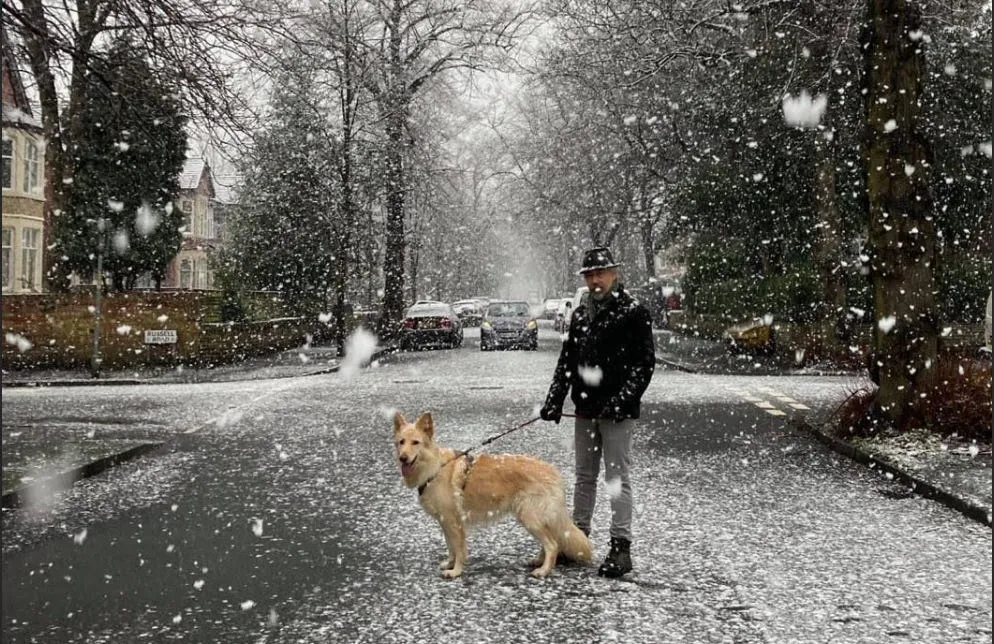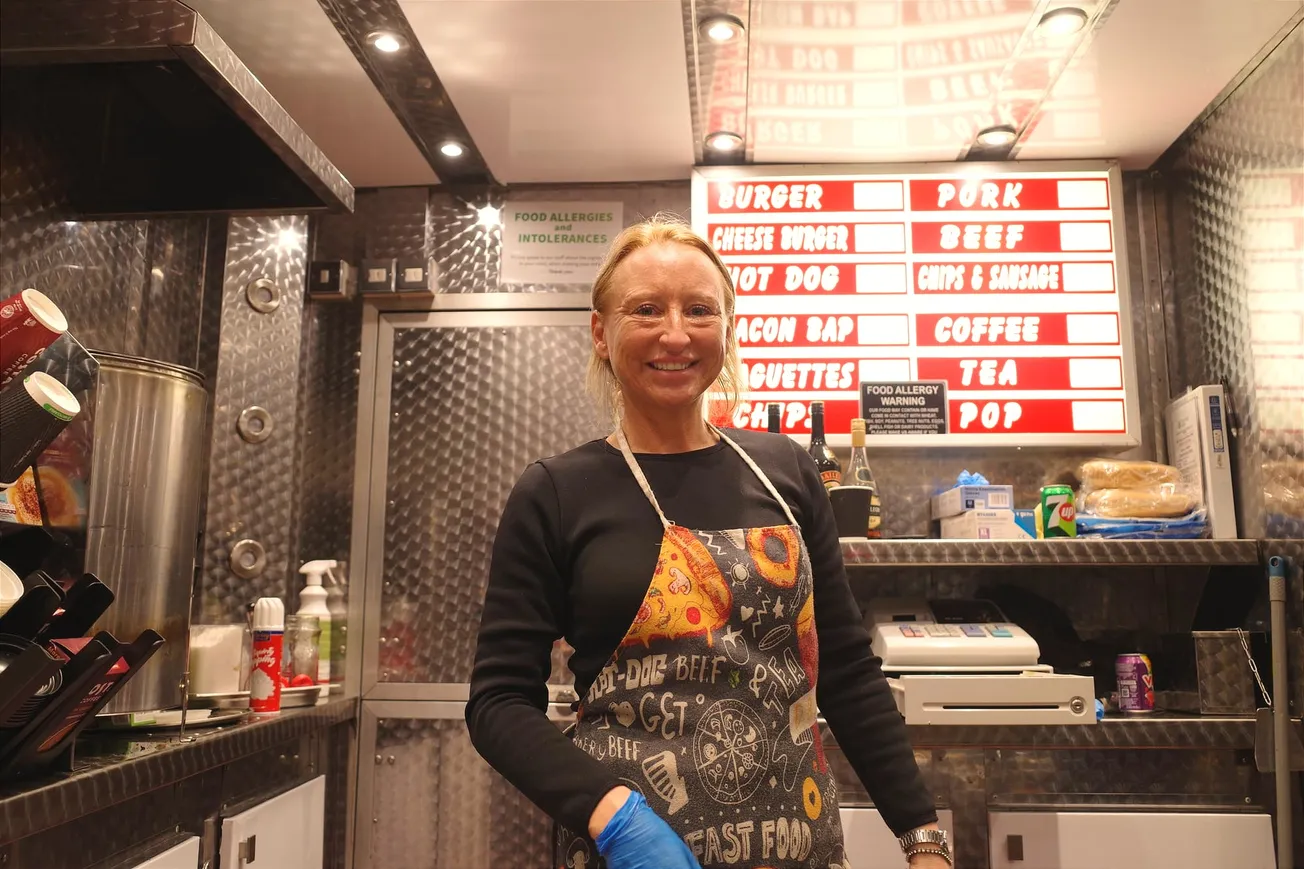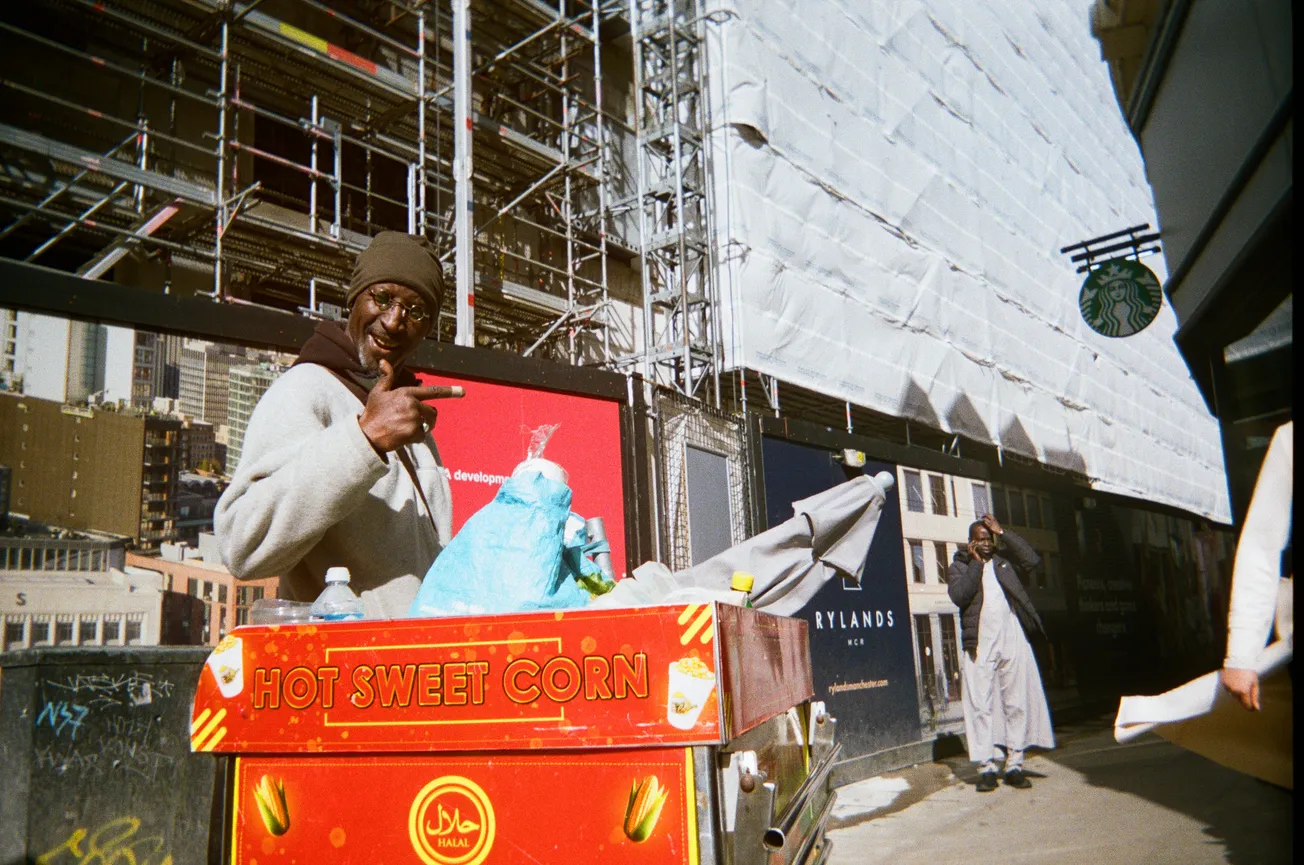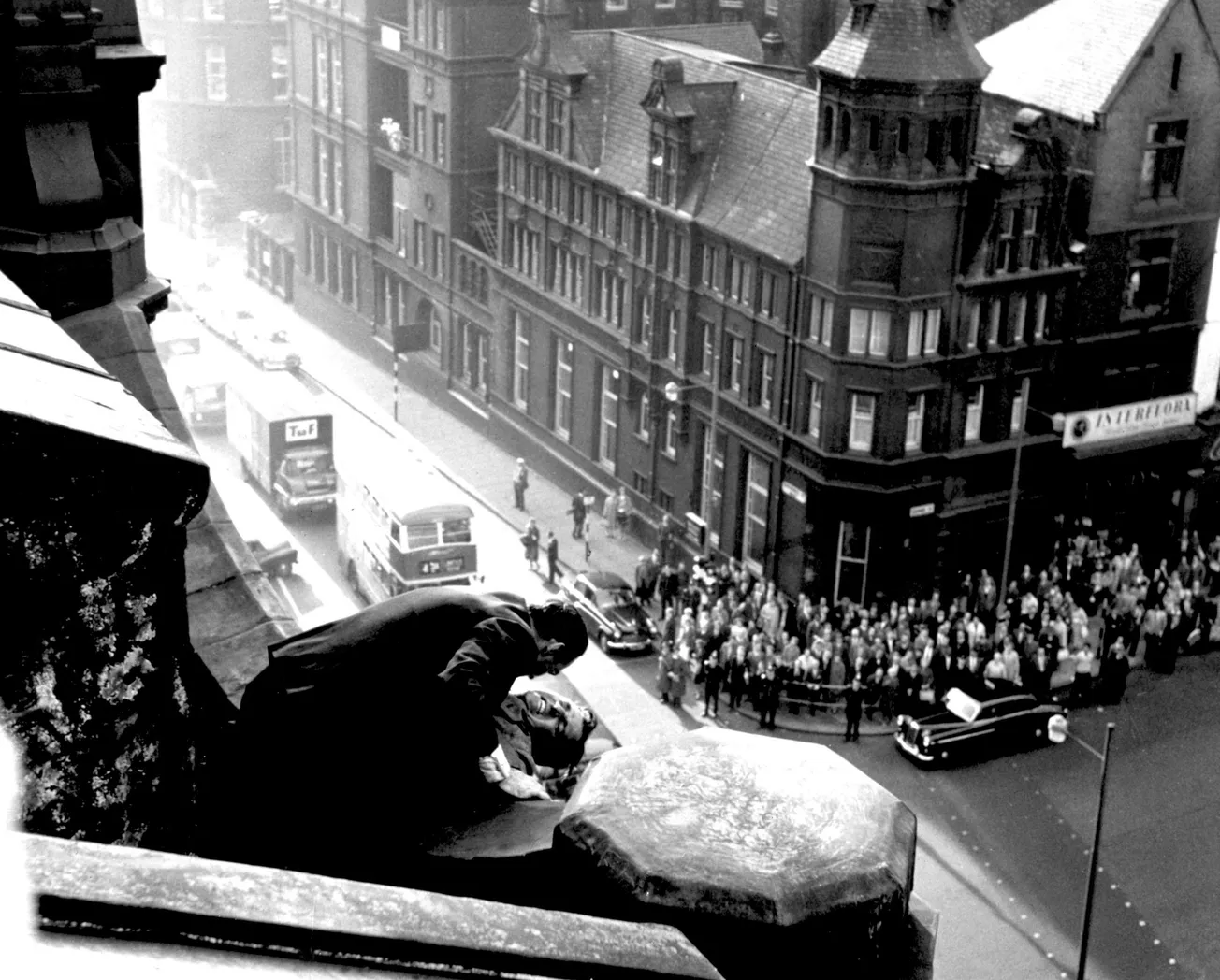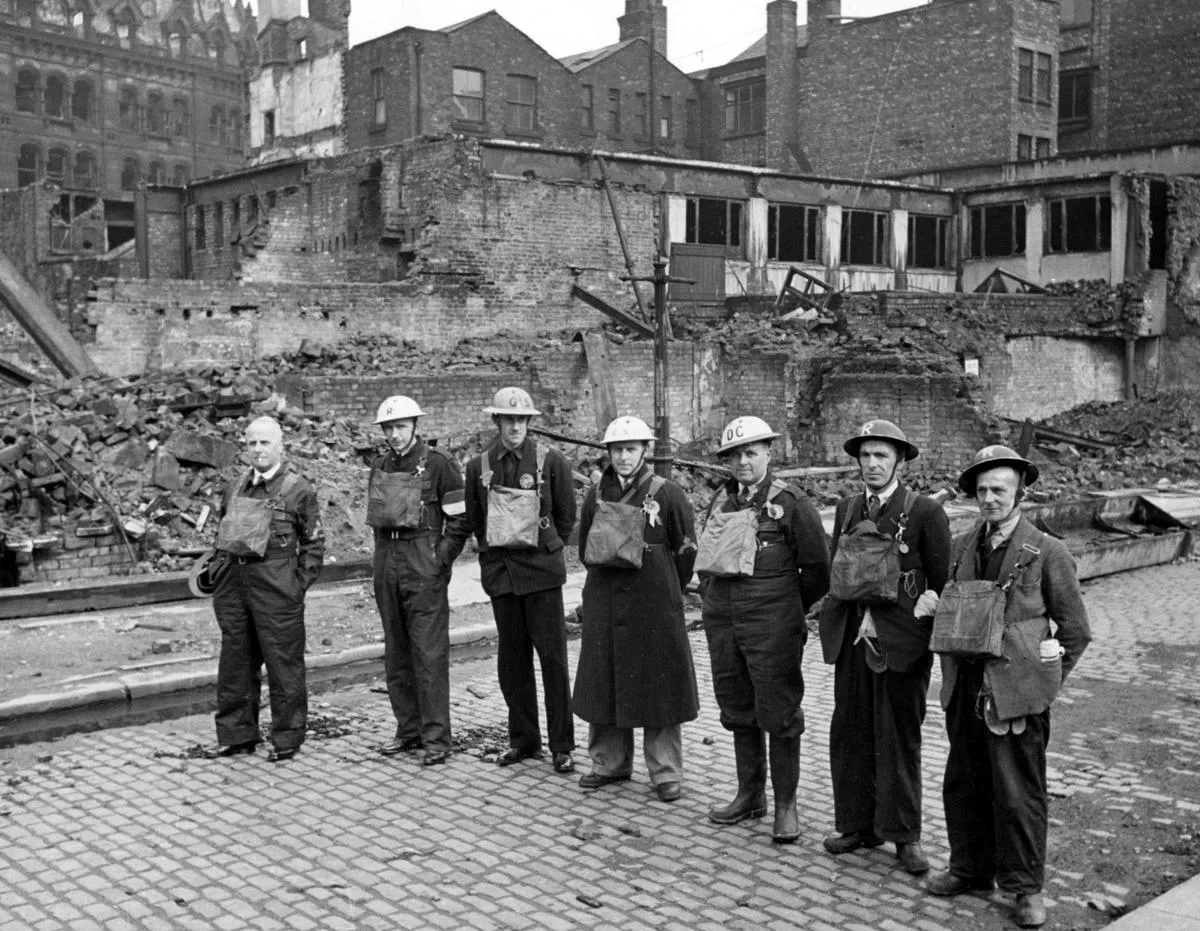By David Rudlin
In the mid-1830s, Samuel Brooks did something remarkable: he left Mosley Street. It was a place he had lived for many years, nestled in Manchester’s urban core just four blocks from the newly-built Royal Exchange. Among his neighbours were the city’s great and good, merchants and bankers described by one author as “some of the most opulent characters [in] the United Kingdom”. This was simply how cities worked: the elite in the centre, the poor on the outskirts. That is, until 1834, when Brooks broke ranks.
It was many years ago, while researching a book on the future of housing, that I had my second encounter with the little-known banker-cum-visionary of suburbia Samuel Brooks. My research had led me to a book first published in 1987 by the American academic Robert Fishman. It was called Bourgeois Utopia: The Rise and Fall of Suburbia. Most of it was about the US, but his story starts in the UK, first in London where merchants first set up weekend retreats in Clapham. But it was the third chapter where Brooks made his entrance, and where my interest was piqued. Fishman was making the case that the world's first proper suburb was Whalley Range in Manchester.
He told a story that I already knew a bit about. Back in the 1980s, I had been a planning officer for Whalley Range and my team had started to worry because developers were coming in with proposals to demolish the Victorian villas in the area so that they could build apartments. We decided to designate it as a conservation area so that nothing could be knocked down without our permission.
A conservation area is partly based on the architectural quality of an area but it also depends on history. Which is to say: if we wanted to save the villas from the bulldozers we’d need to argue for the area’s historic importance. So, I was sent off to the local history section of Central Library to see if I could find anything interesting. I spent an afternoon going through the card index tracking down articles. The story I uncovered — about a merchant and banker called Samual Brooks who finally decided that he could no longer stand to live in the city centre and instead built his suburb — felt like it belonged to me, as things do when you discover them from the original sources. But years later, here was the same story in Robert Fishman's book, and his claim was that Whalley Range wasn't just Manchester's first suburb, it was effectively a world first!

The fact that Manchester is home to the world’s first suburb shouldn’t come as a great surprise, it is after all the world’s first industrial city. You just have to read Friedrich Engels, The Condition of the Working Class in England (1845), to understand why you might want to leave the city centre if you could. The irony is that when I first visited Whalley Range on moving to Manchester in 1979 it was itself a place to escape from. In my second week I set off from my student halls on Oxford Road to visit a friend in the area. Clutching my A-Z map and somehow navigating Moss Side and Alexandra Park without incident, I reached Whalley Range. I had never seen anywhere quite like it, a lost world of huge ramshackle villas divided into bedsits, buddleia growing out of the gutters, moss coating the walls. With its huge street trees pushing up the flagstones and dripping on my head it felt like a rainforest, and then as I turned onto Wood Road there was this wonderful vista through the trees to the tower of the College.
This was a couple of years before The Smiths sang on their debut album “What do we get for our trouble and pain? Just a rented room in Whalley Range.” Morrissey was asked by a London music journalist at the time whether Whalley Range was a real place. “I’m afraid so,” he replied, “it’s a little suburb of Manchester, bedsit land, and everyone who lives there is an unrecognised poet or a failed artist.” It was also Manchester's main red light district, the haunt of streetwalkers, pimps and kerb crawlers.
The story that I uncovered in Central Library described how Samuel Brooks lived in his large townhouse on Mosley Street in the city centre along with most of the powerful people in the city (The City Art Gallery was built as their gentlemen’s club). He was known to be a compulsive worker whose home was covered in quotations from Benjamin Franklin’s Poor Richard’s Almanac. Of the wealthy men of Mosley Street, Brooks was among the most prominent.
Until this point people used to measure their status by how close to the centre of the city they lived — how close they were to the centre of commerce and power with the factories and poorest housing pushed to the edge. But as Manchester industrialised, the centre became increasingly overcrowded, insanitary and intolerable.

Samual Brooks was the first to break ranks, converting his Moseley Street house into a warehouse and building a new suburban villa for his family far enough away from the smog and dirt of the city but near enough to be able to travel to work in his carriage every day. But he did not just build a house for himself, he built an entire neighbourhood where his fellow merchants (horrified that one of their neighbours was now a warehouse) could live permanently. Whalley Range, the world’s first suburb, was born.
I should say at this juncture, lest any scholars of this issue leap in to try and correct me, that London did see suburbs of some form as early as the late 1700s. However, Fishman describes these as a “pre-adaptation”, and argues it was Brooks’s Mancunian intervention that established a hard break between workers and their city centre workplaces, establishing (Fishman’s words) “the pattern of middle-class suburbanisation in the industrial city”. In essence, what Brooks built, the world copied.
The site he bought from the aristocratic Egerton family in 1834 was the first dry land that you encountered travelling south out of the city (the names Moss Side and Hulme denote that they were marshes). He bought 60 acres of land surrounding it with a high wall (parts of which can still be seen on Upper Chorlton Road). To keep the city at bay he employed his own private police force and set up toll gates, which is where we get the name Brooks Bar.

Brooks named the area after his hometown of Whalley in Lancashire, laying out five streets: Whalley Road, Carlton Road, Dudley Road, Wood Road and College Road. On the latter, he built a grand new college and relocated the Northern Congregational College from Whalley. His own house is long gone, but once stood on the site now occupied by Woodlawn Court at the end of a long vista down Whalley Road. The rest of the land was divided up into plots and sold to merchants to build their homes.
If you live in Whalley Range, you may know of Samuel Brooks from the longstanding piece of hearsay about him: that as a teetotaler, he somehow wrote into local law that no pubs or bars could be erected within the boundaries of his suburb. It’s a colourful claim, especially given the dearth of actual bars in the neighbourhood. Local historian and tour guide Clancy Nook is not sure this is strictly true. When referring to a map from 1841 to confirm the boundaries of Brooks’ Whalley Range (which was a larger plot of land than the contemporary version), Nook found one piece of evidence that this hearsay is probably no more than that. Namely, that the Whalley Hotel — which primarily operated as a pub — was open there until 2014. As someone who owned a house in the area until recently I can tell you that my deeds did indeed specify that I wasn't allowed to sell alcohol from the premises. This was not uncommon at the time and probably had less to do with puritanism than the desire to keep up standards.
During my days as a planning officer in the 1980s, there were perhaps 25 of the original villas remaining (the Carlton Club being one of them). These were big ‘ten servant’ houses. As a planner, I once visited a house on College Road that was still occupied by a very old lady, descendant of one of the original families. She lived there alone and proudly showed me the ballroom, the billiard room and the celestial observatory that her father had built in the garden to watch the stars. A year later, she was in an old people’s home and the house had burned down.

At the time the area was a strange mix. The ‘poets and failed artists’ were still there, as well as the prostitutes and pimps. A few years later, in the early 90s, Jeff Noon would topple Morrissey’s claim by penning his first novel, the South Mancunian sci-fi classic Vurt, from the comfort of his Whalley Range flatshare. But for now, it was just the washed-up creatives, alongside the remains of a much older community as well as the very first of the area’s gentrifiers. All these things came together in the high point of my time working in the area.
The area was represented by the Whalley Range Association. Their chairman (a term she insisted on using rather than ‘chair’) was the formidable Ingeborg Tipping. Together with a retired major and various other concerned citizens, she was the voice of the community or at least a section of it. At the time people could ring planning officers directly, and I was constantly taking calls from people in the area. Prime amongst them was Mrs Tipping who would ring at least once a day to berate me in her strong German accent about how the area was going to the dogs.
One day I took a particularly irate call about her neighbour. This was a guy in his thirties who had made some money and bought a big house but was very much of the Hacienda generation. In this story, he probably represents the early gentrification of the area but he had rubbed Mrs Tipping up the wrong way and had been subject to multiple complaints, not least because he liked hosting big parties (for all the poets and failed artists). In shocked tones, Ingeborg told me on this particular occasion that he had erected an illuminated parrot in his front garden.

Indeed he had, I knocked on his door a few days later and he told me that he had bought the parrot from the Blackpool Illuminations and wasn’t it lovely? He also told me that I looked like someone who should be attending his parties rather than complaining about his parrot and invited me to the next one.
A couple of years before there had been a lot of talk in the planning press about a terraced house in Oxford where the owner had erected a 25-foot shark on the roof. That had eventually been granted planning permission, so back in the department we hatched a plan and suggested that if he submitted a planning application for the parrot we would approve it. Ingeborg hit the roof, I got far fewer phone calls after that.
Whalley Range today has changed beyond recognition. The pimps and the prostitutes have long gone along with failed artists (although it still houses quite a few successful ones). After Brooks built Whalley Range in the 1830s, many of his former neighbours, powerful civic figures in Manchester, followed suit and within five years almost all of their Mosley Street townhouses were warehouses. In the space of a decade Manchester saw more rapid suburbanisation than London saw across an entire century, setting a trend that would transform cities across the globe.

Comments
How to comment:
If you are already a member,
click here to sign in
and leave a comment.
If you aren't a member,
sign up here
to be able to leave a comment.
To add your photo, click here to create a profile on Gravatar.

